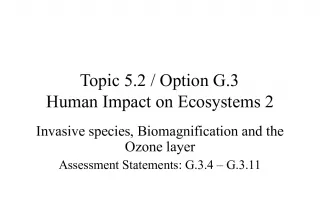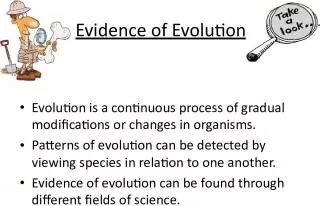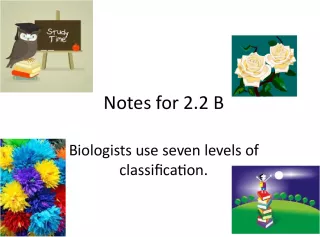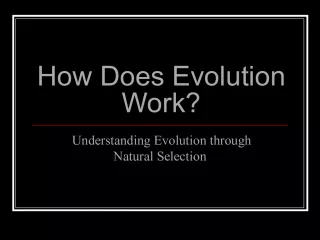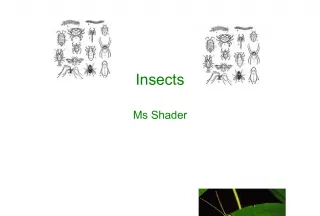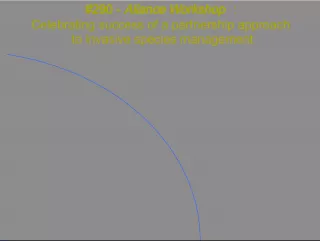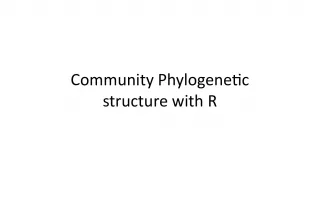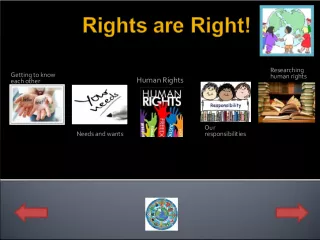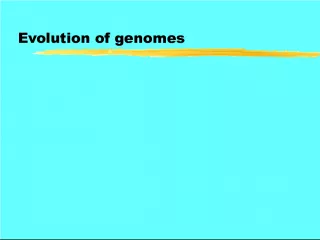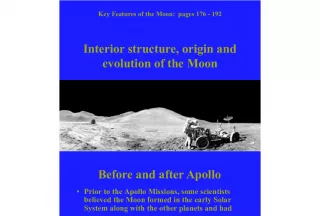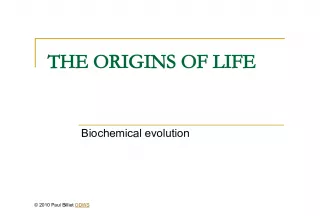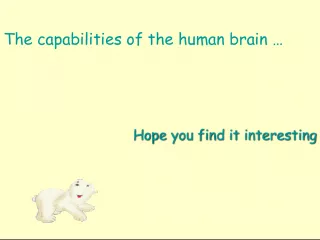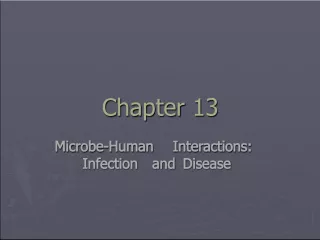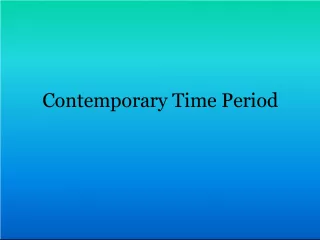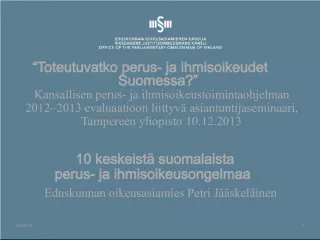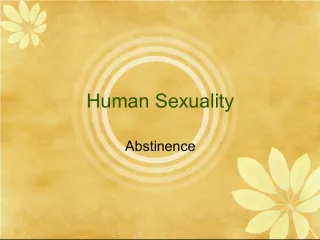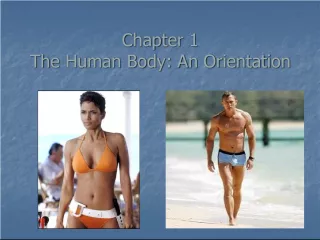The Evolution of Human Species
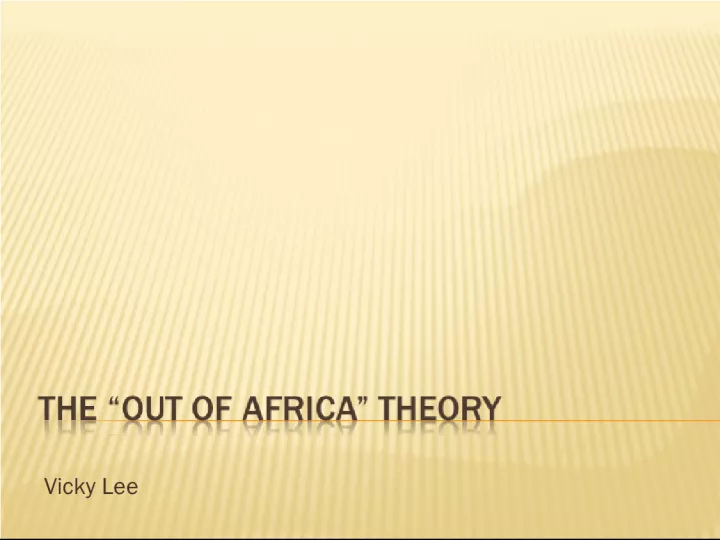

The development of human species from early Homo habilis to Homo erectus and Homo sapiens, with a focus on their origin in Africa.
- Uploaded on | 0 Views
-
 charlottekuhn
charlottekuhn
About The Evolution of Human Species
PowerPoint presentation about 'The Evolution of Human Species'. This presentation describes the topic on The development of human species from early Homo habilis to Homo erectus and Homo sapiens, with a focus on their origin in Africa.. The key topics included in this slideshow are Evolution, Human, Africa, Homo habilis, Homo erectus,. Download this presentation absolutely free.
Presentation Transcript
1. Vicky Lee
2. The Descent of Man In each great region of the world the living mammals are closely related to the extinct species of the same region. It is therefore probable that Africa was formerly inhabited by extinct apes closely allied to the gorilla and chimpanzee; and as these two species are now man's nearest allies, it is somewhat more probable that our early progenitors lived on the African continent than elsewhere.
3. Early species of Homo, Homo habilis, evolved in Africa around 2 million years ago Later, Homo erectus evolved along with other hominids and migrated out of Africa Homo erectus evolved to Homo sapiens around 100,000 to 200,000 years ago
5. A distinct group of sub-Saharan Homo sapiens inhabited Africa for about 150,000 years before migrating throughout other continents Homo sapiens completely replaced all earlier human populations (Neanderthals and Homo erectus) No interbreeding occurred
8. Emerged in 1987 based on a study of mitochondrial DNA (mtDNA) Rebecca Cann Genetic studies & fossil record Andrea Manica Marcus Feldman
9. Cann mtDNA is key Inherited through mother, does not recombine, and shows variation within gene pool from mutations only Restriction mapping Analyzed mtDNA from 147 people living among five different geographic populations All populations except African have multiple origins implying each area was colonized repeatedly
10. Cann Molecular clock Assumes mtDNA sequence divergence accumulates at a constant rate Timescale calculates age of hypothetical common ancestor Mitochondrial Eve to be about 140,000- 225,000 years old Evolutionary tree Diagram of 133 types of mtDNA Inferred that Africa had the most diverse mtDNA gene pool
12. Manica Found that Africans have the highest genetic variation The further humans migrated from Africa, the more genetic diversity was lost within those populations
13. Feldman Studied genetic ancestry without identifying where the population came from Interpreted that mixed ancestries caused by recent intermixing shared common ancestry before the divergence of two populations but without any additional gene flow between them
14. Feldman Found same conclusion as Manica study, less variation the further humans go from Africa No single genetic marker can identify a persons race patterns of thousands of genetic markers within the group distinguishes one population from another
15. Manica Analysis of skulls from populations on different continents The further away from Africa the skulls came from, the less variation found in physical features compared with African skulls Population bottleneck As more and more groups migrated further, smaller parts of genetic variation were taken
16. Multiculturalism Created by anthropologist Franz Weidenreich Does not believe that there were two migrations Homo erectus migrated out of Africa and then evolved into Homo sapiens in several populations Interbreeding did occur
19. Homo sapiens completely replaced all earlier human populations (Neanderthals and Homo erectus) No interbreeding occurred The further humans migrated from Africa, the more genetic diversity was lost within those populations Age of hypothetical common ancestor Mitochondrial Eve is 140,000-225,000 years
20. Cann, Rebecca L., Mark Stoneking, and Allan C. Wilson. "Mitochondrial DNA and human evolution." Nature 1 Jan. 1987: 31-36. Connor, Steve. "How old is humanity, and where did 'Homo sapiens' come from?; The big question." The Independent (London) 19 Jan. 2007: 1A. Darwin, Charles. The Descent of Man. < http://www.literature.org/authors/darwin-charles/the- descent-of-man/chapter-06.html>. Feldman, Marcus et al. "Worldwide Human Relationships Inferred from Genome-Wide Patterns of Variation." Science 16 Nov. 2008. Hua Liu, et al. A Geographically Explicit Genetic Model of Worldwide Human-Settlement History. The American Journal of Human Genetics, volume 79 (2006), pages 230237 Johanson, Donald. "Origins of Modern Humans: Multiregional or Out of Africa?" Action Bioscience . May 2001. American Institute of Biological Science. 4 Nov. 2008
